Turkish contemporary art shines at the Venice Biennale as the Istanbul Foundation for Culture and Arts (IKSV) unveils a preview of the 60th International Art Exhibition at the Türkiye Pavilion. From April 17 to 19, the pavilion showcased this year’s theme, “Foreigners Everywhere,” attracting significant interest and affirming Türkiye’s growing presence in the global art arena.
The Türkiye Pavilion at the Venice Biennale’s 60th International Art Exhibition is being held under the coordination of IKSV, with the support of the Ministry of Foreign Affairs and contributions from the Ministry of Culture and Tourism. Located in the Arsenale, one of the two main exhibition spaces allocated by the Venice Biennale from 2014 to 2034, the Türkiye Pavilion is supported by 21 contributors.
Curated by Adriano Pedrosa, the Venice Biennale’s 60th International Art Exhibition, held from April 20 to Nov. 24 (with a preview on April 17, 18 and 19), is themed “Foreigners Everywhere.”
The 2022-2024 advisory board includes Özalp Birol, general manager of the Suna and Inan Kıraç Foundation Culture and Arts Enterprises; Nilüfer Ergin Doğruer, faculty member of the Department of Sculpture at Marmara University’s Faculty of Fine Arts; artist Inci Eviner; curator and director of the Fiorucci Art Trust, Milovan Farronato and Fisun Yalçınkaya, editor of Sanat Dünyamız magazine and art writer.
Other works
Japanese artist Yuko Mohri’s work focused on makeshift attempts to limit water leaks in Tokyo’s underground stations, caused by frequent floods and earthquakes.
In a tribute to human invention, Mohri featured objects used to collect water in vain, including plastic bottles, buckets and pipes. Decomposed fruits were linked to electrode wires, which control sound by adjusting the degree of humidity, appealing to all the visitor’s senses.
The artist aimed to show how “human creativity can really bring about some hopes and solutions when a lot of things are critical,” said Sook-Kyung Lee, curator of the Japan pavilion. To highlight the universality of the climate threat, the artist collected her materials from flea markets in Venice, which has also suffered from flooding.
Denmark’s pavilion displayed the work of photographer Inuuteq Storch in six series, including “Soon Will Summer Be Over,” which documents the effects of climate change, colonization and Inuit hunting and fishing traditions in the far north of Greenland.
Visitors find nostalgic everyday scenes of the remote land where the sun never sets in the summer.
Both color and black-and-white photographs of land, skies and icecaps take visitors through the seasonal cycle in a reminder of the vulnerability of the poles.
“Climate change has a presence,” said Louise Wolthers, art historian and curator.
“He (Storch) tells us that hunters cannot practice so much the traditional hunting methods anymore because of climate change and the melting of ice and the more extreme weather conditions.”
At the entrance to Brazil’s pavilion, roots and seeds flowed from an imposing mound of earth to evoke different life forms: human veins, tree sap and Brazilian rivers seen from the sky.
Atop the installation, an old television showed a woman saying: “You have not learned from your mistakes and the forests continue to be torn down to serve unscrupulous men.”
“I like to establish contact between human beings to talk about the importance of an environmental issue, to think about it in a global way,” said artist and Indigenous activist Olinda Tupinamba.
A collaborative project from the Czech Republic, entitled “The heart of a giraffe in captivity weighs 12 kilos less,” looks back at the tragic fate of Lenka, captured in Kenya in 1954 and transported to Prague Zoo, where she survived for just two years.
With this installation, Czech artist Eva Kotatkova wanted to recreate the giraffe’s insides and skeleton to attract public attention to the human relationship with nature and the violence inflicted on animals.
The exhibit is also meant to provoke reflection, asking “What is my role in this story?” Kotatkova said.
The project resonates with the central theme of this year’s event, “Stranieri Ovunque – Foreigners Everywhere,” in which some 90 countries are represented.






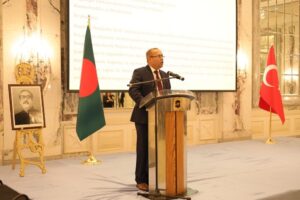
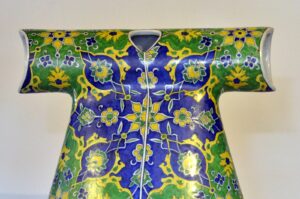
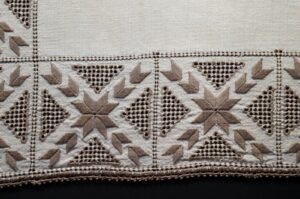
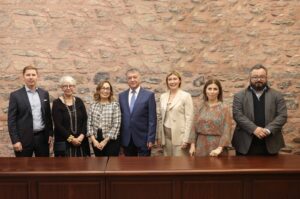
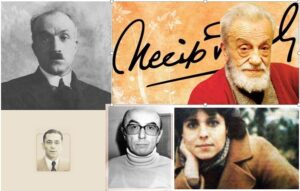
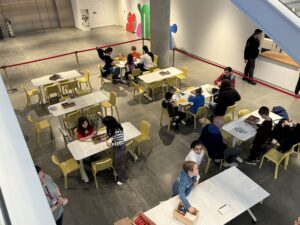
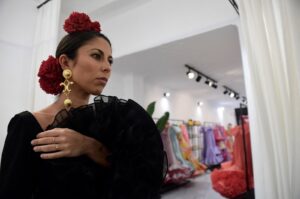

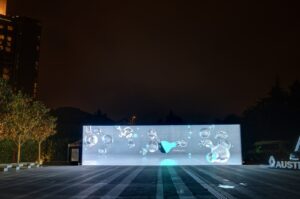
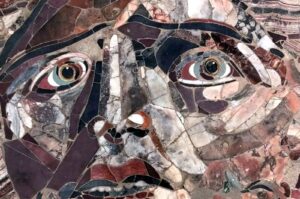
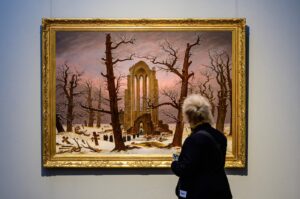
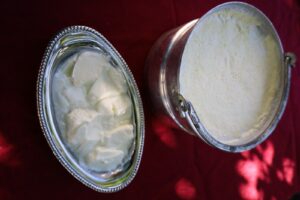
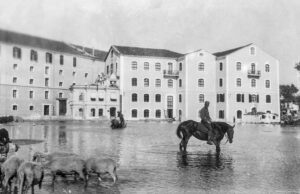

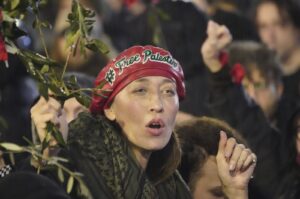

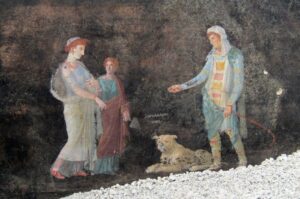

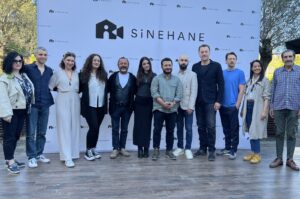

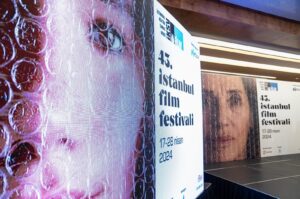
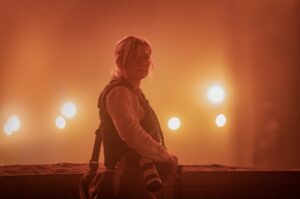
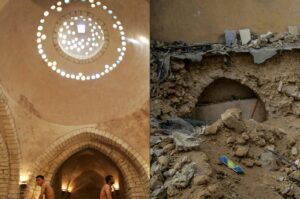
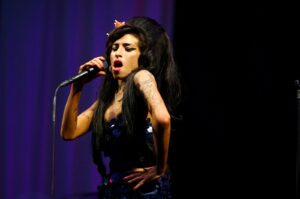

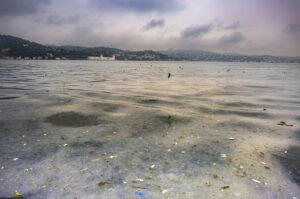
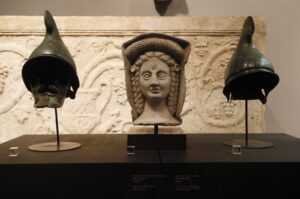
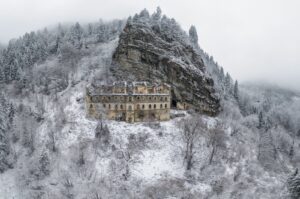
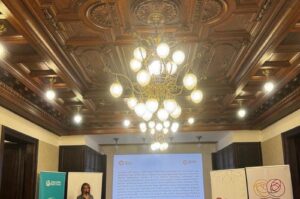
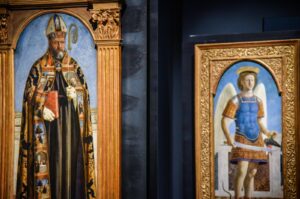
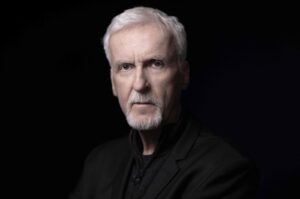
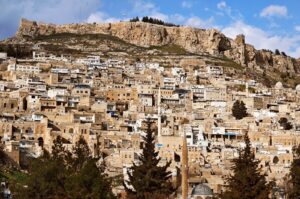

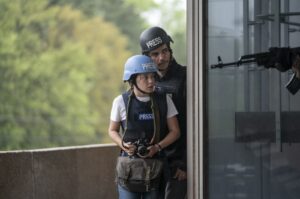
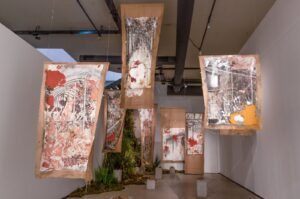
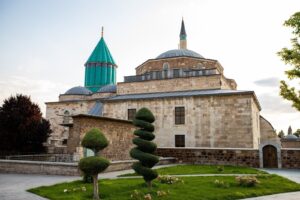

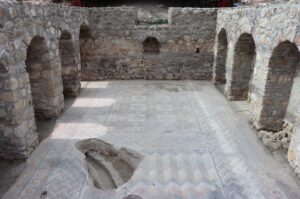

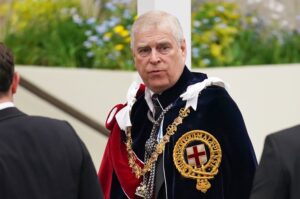
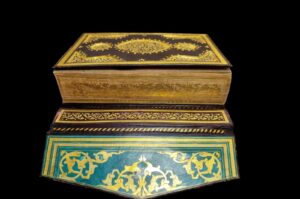
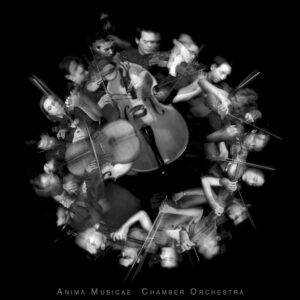
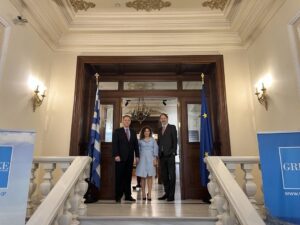


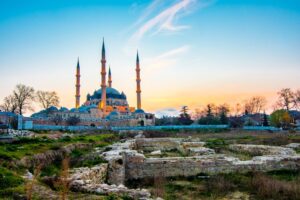
Be First to Comment